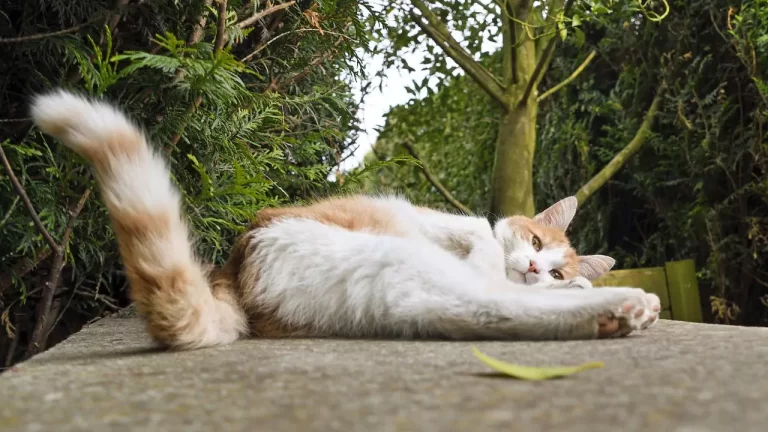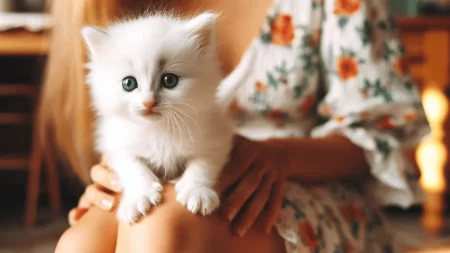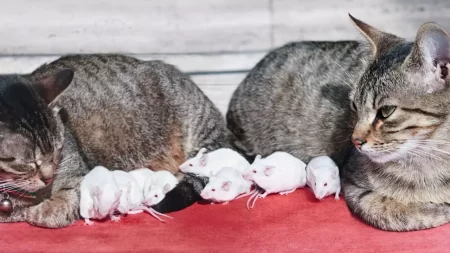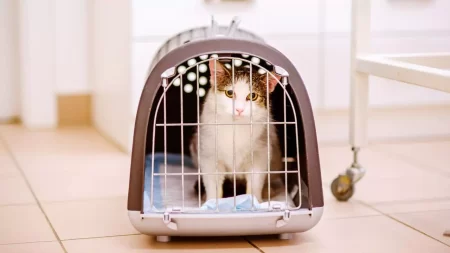Cats are notorious for their independent nature and subtle communication methods. Unlike dogs, whose tails wag almost exclusively in joy, a cat’s tail is an intricate instrument and expresses a nuanced range of emotions. So, what does it really mean when a cat’s tail is wagging?
Forget the misconception that a wagging tail always equals happiness. While felines do indeed wag their tails when content, the specific movement, position, and context paint a much more detailed picture.
Understanding Cat Tail Language
- Slow, wide wags with the tail held high: This is the classic happy wag, a sign of contentment and confidence. Think of it as a feline smile.
- Rapid flicks or swishes: This can indicate excitement, anticipation, or even mild irritation. Pay attention to the overall body language for further clues.
- Quivering or twitching: This often signals suppressed excitement, like when your cat spots a feathery toy just out of reach.
- Low, thumping wags: This is a warning sign. Your cat is likely feeling annoyed, frustrated, or even threatened. Back off and give them space.
- Tail puffed up and held stiff: This is a clear sign of aggression. If your cat sees a rival or feels cornered, their tail will inflate like an angry bottle brush.
Reasons for the Wag: Decoding the Feline Morse Code
- Happiness: The slow, gentle wag is a perfect indicator of feline felicity. Enjoy the moment and give your furry friend some scritches.
- Excitement: A quick, swishing tail often accompanies playtime or the approach of a beloved human. It’s their way of saying, “Let’s get this party started!”
- Annoyance: The low flicks and swishes are your cat’s way of saying, “Not cool, dude.” Heed the warning and avoided further pestering.
- Pain or Discomfort: A tucked tail combined with slow wags can indicate pain or illness. Keep an eye on your cat’s behavior and consult a vet if needed.
- Hunting Mode: Twitching and quivering are common when your cat’s inner predator awakens. They’re focused and ready to pounce on that imaginary mouse.
- Feeling Threatened: The puffed-up tail is a dead giveaway. Your cat feels cornered and might lash out if provoked. Give them a safe escape route.
- Sleeping Serenity: Even in slumber, the tail twitches. It’s a sign of deep sleep and contentment. Don’t disturb their peaceful dreams.
Remember, context is key. Observe your cat’s overall body language, posture, and facial expressions alongside the tail movement for a complete understanding of their mood. With a little practice, you’ll become fluent in feline Morse code and decipher every flick, wag, and quiver of your furry companion’s tail.







